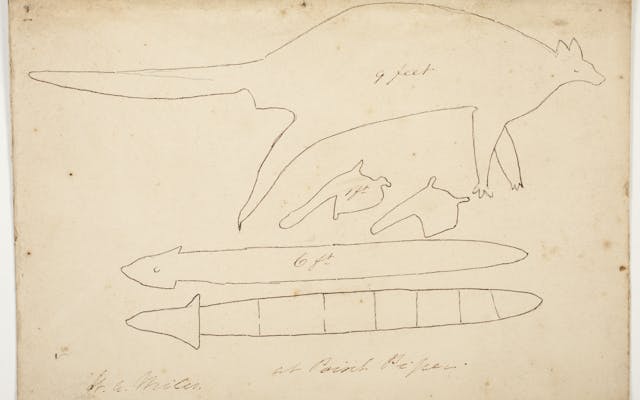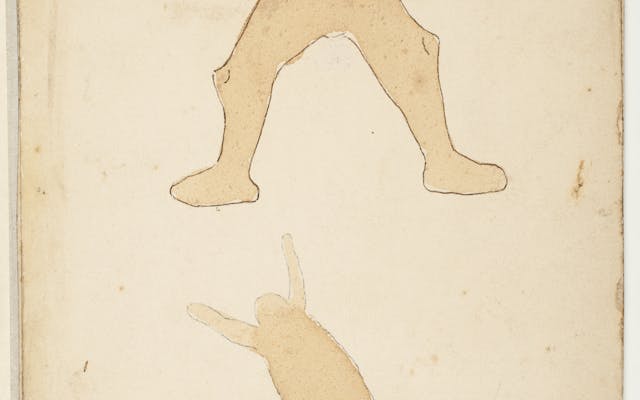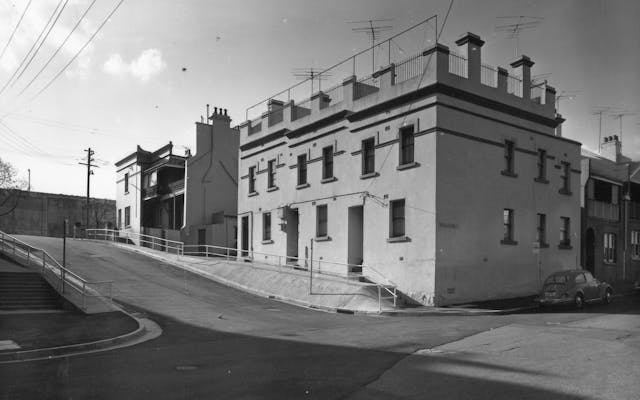The NSW Police Act of 1833 saw the formal reorganisation of the police force which had been in existence since 1810 and its new head was a man of an unusual background - William Augustus Miles junior (1798–1851). He was the eldest son (officially) of William Augustus Miles senior (c1753–1817), who was rumoured to be the illegitimate son of Prince William Augustus, Duke of Cumberland, the son of King George II. Miles junior also claimed royal parentage as the illegitimate son of George, Prince of Wales, who later reigned as King George IV (1820-30).
Whatever the truth might have been, both father and son received some royal patronage; their claims, petitions to the king and liberal mentions of their purported royal connections, undoubtedly assisted both their careers. Not everybody was impressed by Junior’s claims and the diarist Charles Greville wrote:
‘I first employed a certain William Augustus Miles who pretended to be a natural son of one of the Royal Family (I forget which) and who turned out to be a scamp and a vagabond, and who cheated me….This man got into prison, and I lost sight of him’.
Despite his alleged criminality Miles had become a policeman. In the mid-1830s, he advocated the creation of a unified police force for England and Wales, following the creation of effective forces in Ireland in 1822 and London in 1829. Miles was recommended to head the NSW police force reforms in 1840, was appointed Chief Superintendent of Police and arrived in Sydney the following year. He resided at Princes Street in a house rented from, and adjacent to the emancipist Thomas Ryan (1794–1866), who was Chief Clerk of the Office of the Superintendent of Convicts. Miles was subsequently Commissioner of Police, 1843–47, and Police Magistrate, 1847–49.
Under Miles, the NSW Police Force adopted an identical uniform to that worn in London, consisting of a tightly buttoned blue jacket, and regimented foot patrols through the streets of the towns. Perhaps one of his most important contributions to Sydney’s history is his notebook entitled The Registry of Flash Men, which are his jottings from 1841 to 1848 on the criminals of Sydney, their associates and activities.
Miles was accused of carelessness in carrying out his duties and keeping records. He was nudged into retirement in 1849, and by January 1850 had vacated his home in Princes Street:
TO LET, with immediate possession, the Cottage lately in the occupation of William Augustus Miles, Esq comprising twelve apartments, situate in Prince-street North, having a balcony in the rear, commanding an uninterrupted view of Darling Harbour. Rent moderate. SMH 3 Jan 1850, p4
He moved to Cleveland Street where he died the following year and was buried in St Stephen’s Cemetery in Newtown, his headstone bearing the image of a crown and a verse alluding to his regal parentage.
William Augustus Miles might also be considered one of Australia’s earliest archaeologists. In his earlier years, he had excavated a prehistoric burial mound at Deverel Down in England and in Sydney he toured Aboriginal rock art sites, with the artist George French Angas, particularly those in the eastern part of the harbour. The most significant aspect of this is that he understood that the images had meaning. They were explained to him by Cora Gooseberry, the widow of Bungaree, who also conveyed the great antiquity of the carvings, saying they were for the observation of rites and ceremonies, and for fights and dances.

















